What’s New in Flutter 3?
Last Updated on February 27, 2025
Quick Summary:
Flutter 3 is live and ready for production on all desktop platforms! We are excited and can’t wait to share what’s new in Flutter, its support for macOS and Linux, the remarkable performance improvements for web and mobile, and adding support for Apple Silicon. Some bonus tips for you at the end to update Flutter version. So, let’s get straight to the business.
It has only been three months since Flutter announced its support for Windows, and here we are, almost in the midst of May, with the latest Flutter update. This all-new version is stable for macOS and Linux and supports Apple Silicon. The version upgrade from Flutter 2 to Flutter 3 bridges the journey from a mobile-centric to a multi-platform framework.
Flutter is now an undisputed and most popular cross multi-platform UI toolkit for creating natively compiled applications. The best thing about Flutter is that it is more than just a Google product, and everyone can taste its slice of success. Anyone can unleash the power of this open-source platform either through contributing code, building packages supporting the core framework, writing material and tutorials, and many other ways.
The Flutter 3 release supports macOS for Universal Binaries so that Flutter apps can function natively on Apple Silicon chips and Intel. Google has collaborated with Ubuntu’s Canonical for the Linux release to deliver a highly integrated cream of the cream option for app development.
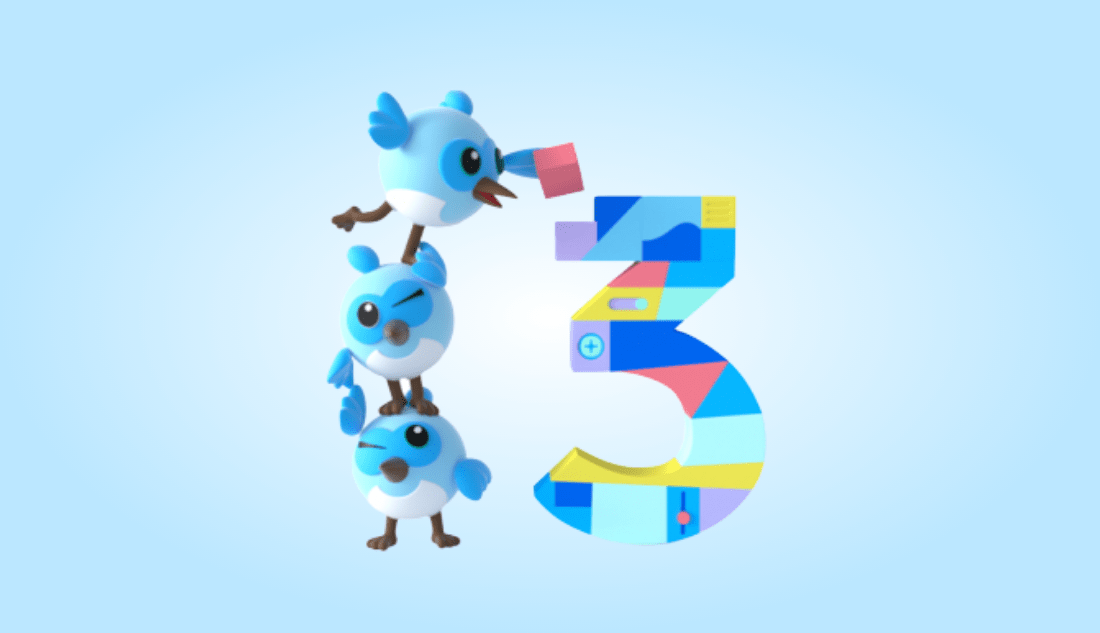
Let’s delve into what’s new in Flutter 3 to discover all the important elements of Flutter’s stable release.
The new Flutter 3 features contain fresh inputs for platform-specific integration, interactive models for compilation to build support, provide accessibility, and internationalization.
The purpose of the update is to offer flexibility to effectively utilize the operating system and share optimal UI and logic as per requirement. The Flutter latest features cater to platform support beyond rendering pixels.
Flutter 3 release date: May 11, 2022 (Google I/O Edition).
Check out the latest Flutter 3 release notes
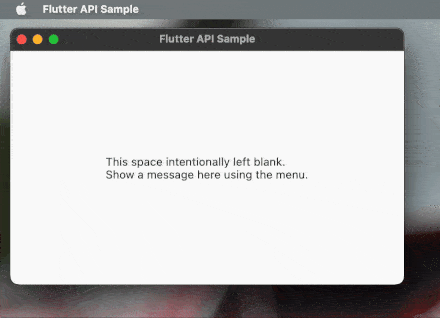
Flutter 3 now supports the Apple Silicon Mac.
Check out the new macOS install page to use the Apple Silicon download button.
Well, one of the top highlights of our what’s new in Flutter 3 discussion is the transition to Material Design 3, a Google in-house design language. The Flutter team has offered an adaptable cross-platform design system to transform your Flutter app into a beautiful interactive product.
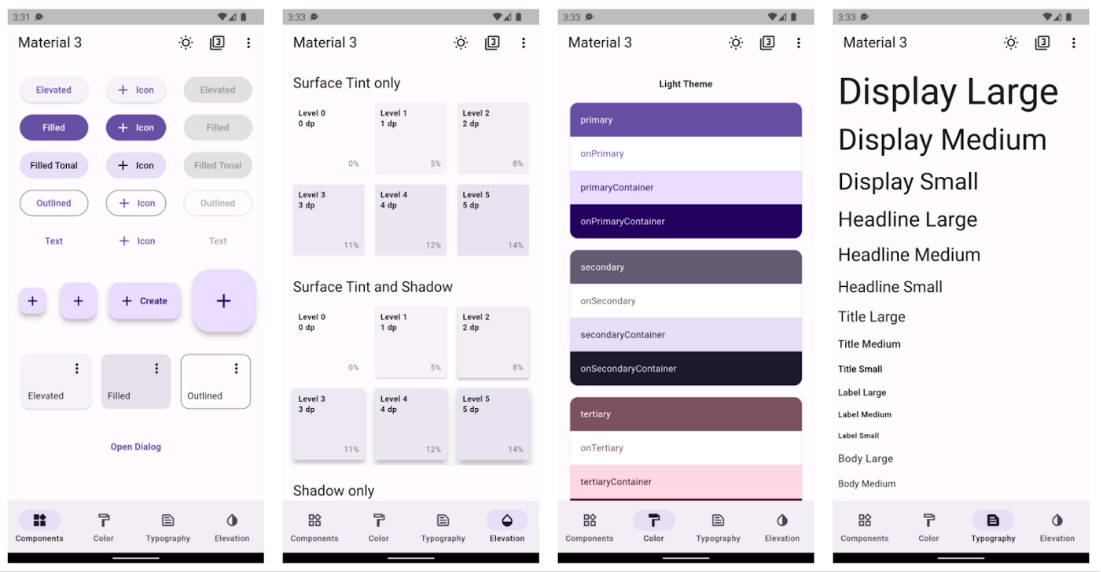
The app publishers require a comprehensive set of tools to aid you in operating, building, and releasing your Flutter apps. These include services such as data storage, authentication, device testing, and cloud functions. Flutter has various third-party integrations like Firebase, AWS Amplify, Sentry, and AppWrite. Firebase is Google’s back-end platform for building mobile and web applications.
The team at Flutter has announced Flutter Firebase integration enabling a fully supported core part of the Firebase offering.
According to the report from Slashdata, 62% of Flutter developers use Firebase for their Flutter apps. Get started with this guide to add Firebase to your Flutter app
• Firebase Crashlytics:
You can now track real-time fatal errors using the Flutter Crashlytics plugin, with the same set of features through Firebase’s famous real-time crash reporting service.
The features include critical alerting metrics like “crash-free users” that assist you in keeping up with the stability of your app.
It is now easy to triage, prioritize and fix issues via the Crashlytics pipeline, which has been upgraded to enhance the clustering of Flutter crashes.
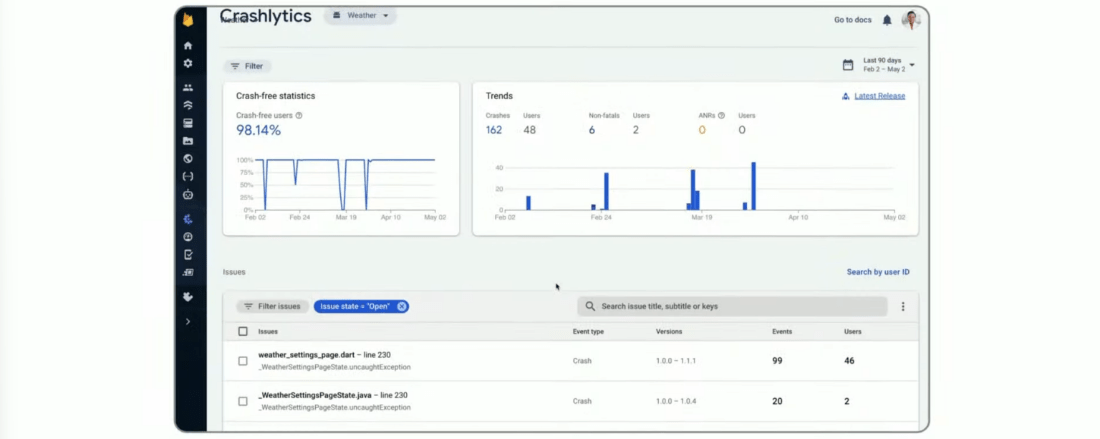
The Flutter team has focussed on casual gamers this time to release an easy-to-use casual games tool kit. It offers a starter kit of templates and credits for ads as well as cloud services.
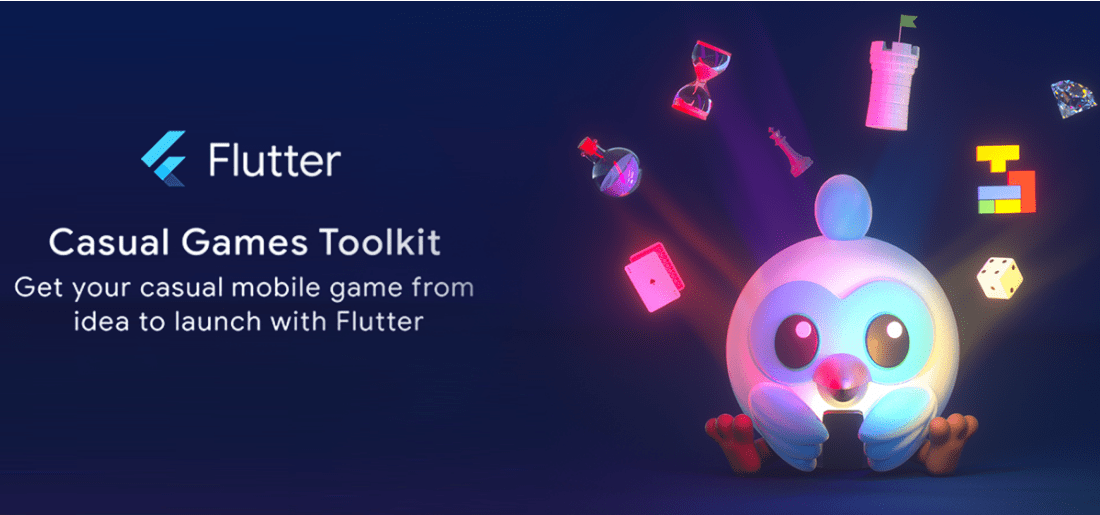
Fun fact: The engineers at Flutter have created a fun pinball game powered by Firebase and Flutter’s web support which shows the versatility of the new Flutter 3 update.
Bonus Tip: You can develop games on Flutter through this Games doc page.
• Foldable support for phones
What’s new in Flutter 3? Well, the all-new Flutter release incorporates foldable mobile devices. New widgets and features allow you to build dynamic and appealing experiences for the eye on foldable devices. This feature is designed in collaboration with Microsoft.
• Variable refresh rate support for IOS
The new Flutter version supports variable refresh rates and ProMotion displays on iOS devices, including iPad Pro and iPhone 13 Pro. The rendering capability is now at refresh rates upto 120 Hz, which was limited to 60 Hz in the past. The user can have a smoother scrolling experience while watching fast animations.
• Image Decoding
The latest Flutter 3 version contains new APIs to decode images off the main thread asynchronously. This is done through the built-in image codecs of the browser. You would be happy to know that this feature speeds up decoding the image 2x, ensuring that the main thread is never blocked and clearing the junk built-up in the past.
• Web app lifecycles
The new web app lifecycle API for Flutter apps provides you the benefit of controlling the process for bootstrapping your app. You can now leverage the desktop support for your app.
The engineering team at Flutter has taken the Flutter performance improvement to the next level by benchmarking to evaluate the optimization benefits. Most importantly, the opacity animation performance has been improved for simple case scenarios.
For instance, when an Opacity widget consists of a single rendering primitive, the saveLayer method is omitted and is usually invoked by Opacity.
The Flutter 3 release introduces a mechanism that predicts and estimates the rendering picture complexity based on the drawing operations cost that it contains. This is used as an approach to reduce memory usage without a regression in Flutter app performance.
We promised you bonus features in the end, and here they are. Let us quickly skim through these add-on features, which add a cherry to the cake on the Flutter 3 features.
Here are some more updates on the Flutter ecosystem cherrypicked exclusively for you!
You can now add anything to the ThemeData of the material library using Theme extensions. Instead of extending ThemeData and implementing copyWith, lerp, and other methods again, you can mention ThemeData.extensions.
Moreover, as a package developer, you can provide ThemeExtensions.
Flutter 3 supports the publisher’s requirements for making personalized ads and managing Apple’s App Tracking Transparency (ATTT) requirements. Google provides a User Messaging Platform (UMP) SDK that substitutes the previous open-source Consent SDK.
It is undeniable that the community deserves all praises for doing this awesome work to help Flutter attain the status of prestige and innovation to maintain its caliber of helping businesses of all shapes and sizes across the world.
We hope you have had a holistic experience reading our blog post on what’s new in Flutter 3. The future of Flutter seems bright and promising for building delightful experiences in the app ecosystem. If you are looking to upgrade your existing Flutter application into a new version of Flutter, Contact the most trusted Flutter App development company to take care of all the upgradation processes.
GetX is a microframework merged with dependency injection and route management. Apart from being a state management library, GetX delivers best-of-the-bread development exposure in an extra lightweight but powerful environment.
Bloc Flutter is a widget that creates and provides a Bloc to all its associated sub levels, a.k.a its children. This BlocProvider is called a widget for dependency injection so that a single Bloc instance can be provided to various widgets within its family.
Hive is a lightweight, agile, NoSQL database designed for Flutter and Dart apps. It is an easy-to-use database and is helpful for straightforward key-value databases without multiple relations.
It offers an offline database to store data on local devices.
Scaffold in Flutter is a class that offers numerous widgets or APIs like FloatingActionButton, BottomNavigationBar, Drawer, SnackBar, AppBar, etc. It can expand or acquire a whole device screen. The scaffold will occupy all the available space.
Your Success Is Guaranteed !
We accelerate the release of digital product and guaranteed their success
We Use Slack, Jira & GitHub for Accurate Deployment and Effective Communication.